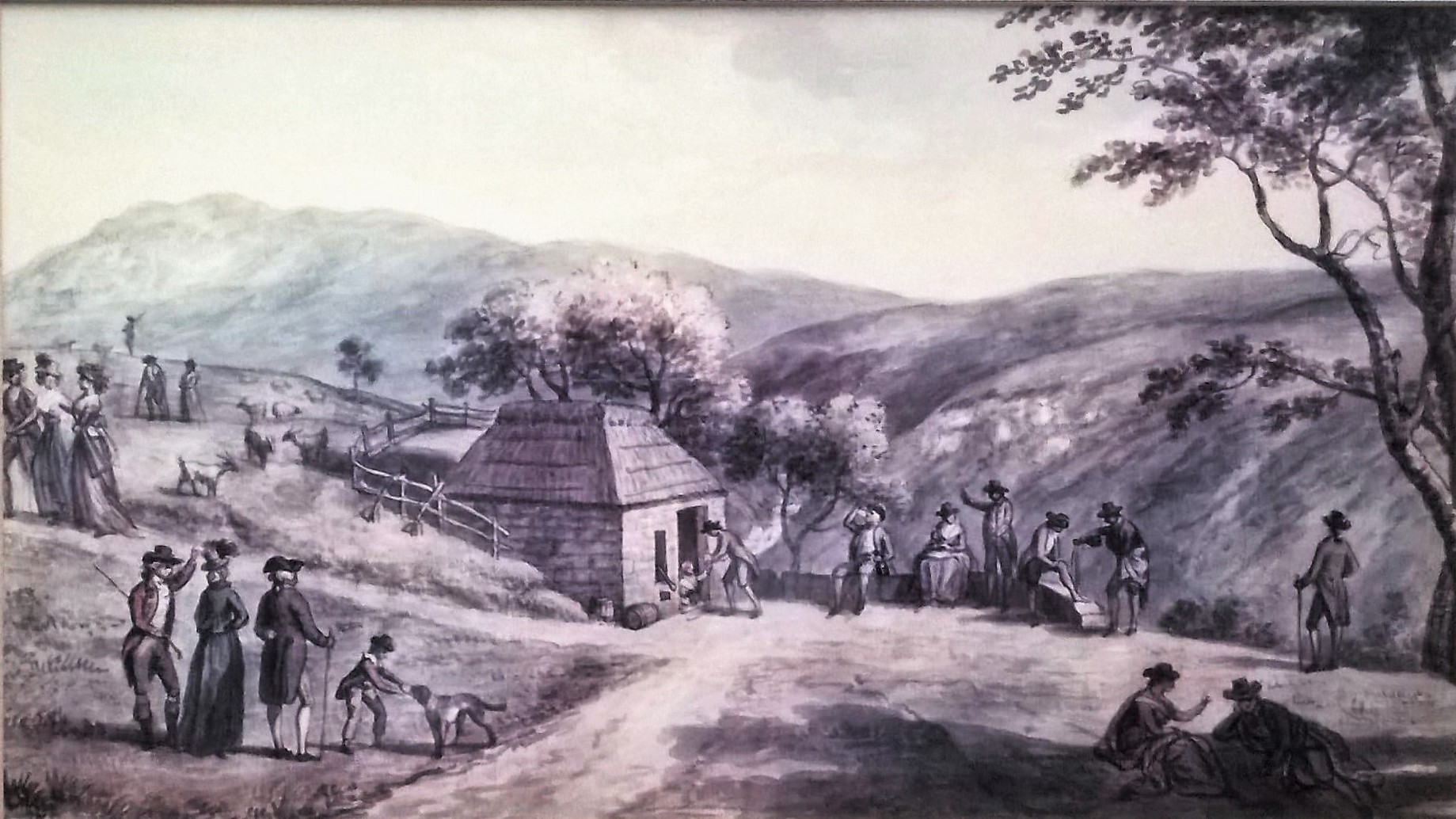AN article in the December 1947 issue of the Dumfries and Galloway Review revealed more about the person who discovered the Moffat Mineral Wells.
Dr Walter Whitefurde, a noted divine and professor at Glasgow University, arrived in town in 1610, after he was appointed to the ‘pastorate’ by Archbishop Spottiswoode.
But he also owned land in the district, through James Johnstone of Corehead who had married Dr Whitefurde’s daughter.
And it’s this Miss Whitefurde, described in the Review as “a lady of fine intellect and keen perception”, who through “her efforts and ingenuity” found the sulphurous spring.
The article explains: “She already had some acquaintance with the English spas of the time and her curiosity led her to the investigation of some strange characteristics connected with springs in the vicinity of the town, thus laying the foundation of what later proved to be a prosperous industry for Moffat.”
However, her discovery did not immediately cause a national stir, as it’s said: “Travelling in those troublous times was a difficult problem and prevented Moffat benefitting to the extent it might have done by the arrival of invalids and others to enjoy the health-giving waters, nor was the town itself fitted adequately to receive them.”
But it was not long before word spread and the Well’s curative and healing powers attracted the attention of Edinburgh physician Matthew Mackaile. He was the first to write about it in 1677 and despite descriptions of it as ‘bilge water’ and ‘a slightly putrescent egg’, the people started to come.
The Review adds: “Those who came to Moffat in the those early days were people afflicted with some real ailment and it was some time before it became a place of retreat and fashionable resort.”
Meanwhile, a second spring was found at Hartfell by local worthy John Williamson, although it never garnered quite the same attention as the original.























